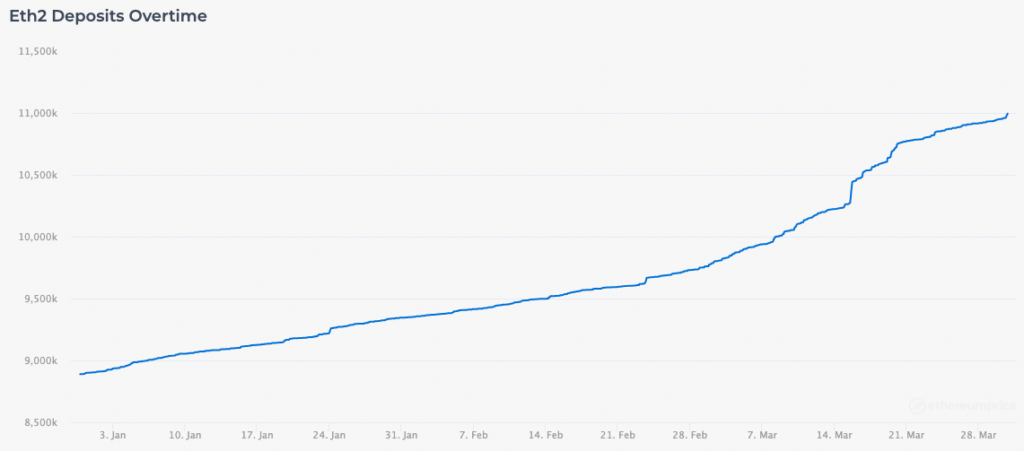Ethereum is getting closer to the Merge, its most significant and complex upgrade to date. As investors and users, it’s absolutely crucial that we understand what the Merge will, and will not, do for Ethereum.
For those unaware, the Merge is an upcoming event where Ethereum will start using proof of stake (PoS) instead of proof of work (PoW).
Below, we correct 3 common misconceptions about the Merge.
Misconception #1: The Merge Will Make Ethereum Cheaper to Use
The Merge will not affect the cost of using Ethereum. It will affect how Ethereum achieves consensus.
Will Ethereum ever get cheaper to use? Very likely yes. Mainly because of these 2 reasons:
(i) Greater adoption of scaling solutions like Arbitrum, Optimism, zkSync, StarkNet and Polygon.
(ii) Scalability improvements that will come months and years after the Merge. (See: Sharding)
Post-Merge, I fully expect there to be times when average fees are $100–$300, just like we saw throughout December and January when NFTs were booming.
Related: Blockchain Scaling & an Update on Ethereum Scaling Solutions
Misconception #2: The Merge Means Stakers Can Finally Withdraw Their ETH
Ethereum enthusiasts and investors have been sending their ETH to the Beacon Chain deposit contract since late 2020. Back then, ETH was $400–$600, a fraction of its current price of $3,400. Unable to withdraw their deposit, these people are now sitting on significant unrealised gains.
This has caused some to fear what will happen to ETH’s price once withdrawals are enabled. (Surely a portion of them will take some profits. But also, staking rewards will rise significantly post-Merge…)
Whilst increased selling pressure may hit ETH when un-staking is enabled, this will not happen at the same time as the Merge—contrary to what some people are saying.
Stakers will finally be able to withdraw several months after the Merge. The exact date is unknown, but many in the industry estimate that this interim period will last for roughly 6 months.
(During this period, stakers also won’t be able to transfer their rewards. This is also not widely understood. In order words, there will be a multi-month period in which there is no sell pressure from stakers.)

Misconception #3: The Merge Will Happen in June
Contrary to what many may think, no one yet knows exactly when the Merge will happen. Mid-year is the most common estimate. Whether that’s June, July or August, who knows.
What we do know is this: more items continue to be checked on The Merge Mainnet Readiness Checklist. Whilst new items may appear, there really aren’t too many left to get through.
So, What Will The Merge Actually Do?
These have been well documented over recent years, but the 3 main benefits of the Merge are as follows:
- Energy usage slashed. After the Merge, Ethereum’s energy usage is predicted to fall by roughly 99.95%. (With PoS, consensus will come from stakers, who have deposited ETH. With PoW, Ethereum miners’ computing power (i.e. energy) is helping secure the blockchain and required for consensus.)
- Less ETH will be issued. Post-Merge, the amount of ETH entering supply will decrease significantly. Nick covered this last year.
- Increased rewards for stakers. Those with ETH staked on the Beacon Chain have been 3–6% annual returns. Post-Merge, this will likely rise to 9–15%.
I hope you’re now aware of why certain narratives surrounding the Merge are in fact incorrect.
For all official communication about the Merge, go to the Ethereum Foundation’s blog. If you want to track progress, follow @TimBeiko and read his AllCoreDevs Updates.